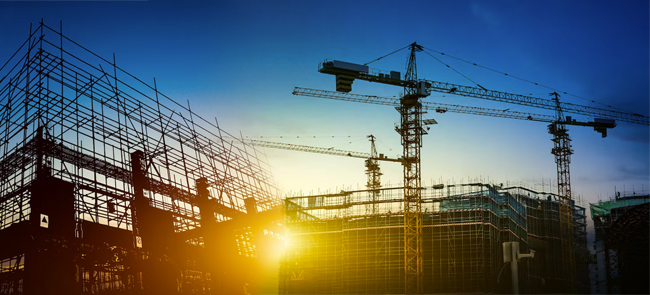
Yogiraj Alucast is the Manufacturer, Supplier, Exporter of Aluminium Gravity Die Castings (Aluminium GDC) Machined Parts / Components / Spares for Building and Construction Industries and Our set up is in Kolhapur, Maharashtra, India
Aluminium Castings offer a compelling combination of strength, lightness, durability, and versatility, making them a valuable material for a wide range of applications in the building and construction industry.
- Lightweight: Aluminium alloys are lightweight, making it easier to handle and transport on construction sites, which can reduce overall project costs and time.
- Strength: Despite being lightweight, Aluminium castings offer excellent tensile strength, allowing them to support large glass panels and other construction materials.
- Corrosion Resistance: Aluminium is naturally resistant to rust and oxidation, ensuring long-term durability and minimal maintenance requirements.
- Versatility: Aluminium can be cast into complex shapes and intricate designs, allowing for a wide range of applications, including window and door frames, curtain walls, railings, and fences.
- Cost-Effective: Compared to materials like wood and steel, Aluminium can be a cost-effective solution, particularly when considering the strength-to-weight ratio.
- High Precision: Die casting, a common method for Aluminium castings, produces parts with high accuracy and dimensional stability, making them ideal for applications requiring precise fit and finish.
- Sustainability: Aluminium is a recyclable material, contributing to more sustainable building practices.
Cast aluminum applications in construction include window and door frames, curtain walls, and Decoratives like railings and fences. The material's low maintenance requirements and long-lasting durability make it a popular choice for architects and builders.
- Structural Components: Used in building frames, support beams, and other load-bearing elements.
- Exterior Cladding: Facades, curtain walls, and roofing systems can utilize Aluminium castings for their weather resistance and aesthetic appeal.
- Fenestration: Window and door frames, as well as glazing systems, often incorporate Aluminium castings for their lightweight and durable properties.
- Decorative Elements: Railings, fences, and other decorative fixtures can be made from Aluminium castings for their aesthetic appeal and durability.
- Building Systems: Aluminium is used in HVAC systems, electrical fixtures, and other building systems for its conductivity and ability to withstand high temperatures.
The recycling process of Aluminium castings in construction and building involves several stages that contribute to sustainability and energy conservation. Aluminium is widely used in construction for windows, doors, cladding, roofing, and structural components due to its durability, corrosion resistance, and lightweight properties.
Aluminium castings is collected from demolished buildings, renovation projects, or discarded construction components. At the demolition or renovation site, materials are sorted to separate Aluminium from other metals and debris. Cast Aluminium is identified and collected separately from wrought Aluminium (e.g., sheets, bars). Aluminium castings are cleaned to remove paint, sealants, insulation, screws, and other contaminants. Large components are cut or shredded into smaller, manageable pieces to facilitate handling and melting. The cleaned Aluminium scrap is melted in a furnace typically a rotary or reverberatory furnace. Depending on the end-use, alloying elements like silicon, magnesium, or copper may be added to achieve the required casting properties.
A fluxing agent is added to remove oxides and other impurities from the molten metal. Inert gases (e.g., argon or nitrogen) are bubbled through the melt to remove hydrogen and other dissolved gases that can cause porosity in castings. The purified Aluminium is poured into molds to form new cast products, which may include building components like window frames, brackets, decorative elements, or custom structural parts. The castings are allowed to cool and are then removed from the molds.
Cast parts may undergo machining, trimming, or heat treatment. Final products are inspected for quality, dimensional accuracy, and mechanical properties. The recycled and recast Aluminium components are integrated back into construction projects, contributing to circular economy goals and reducing the carbon footprint of building developments.